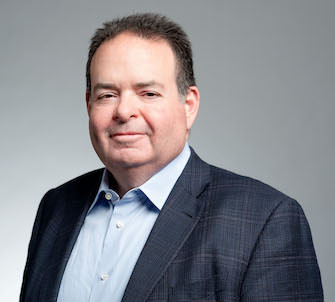Waltham, Mass. — Thermo Fisher Scientific Inc. (NYSE: TMO), a global leader in serving science, announced plans to invest an additional $2 billion in the United States over the next four years to enhance American innovation, manufacturing capabilities, and economic competitiveness within the life sciences sector.
As one of the world’s largest manufacturers of medicines, Thermo Fisher plays a critical role in enabling biopharmaceutical companies to develop and produce their therapies domestically. This new investment aims to bolster U.S. manufacturing capacity and ensure a resilient healthcare supply chain, while also delivering broader economic benefits across the nation.
The company’s $2 billion commitment will be allocated between capital expenditures and research and development. Approximately $1.5 billion will be dedicated to expanding and enhancing its U.S. manufacturing operations, while $500 million will be directed toward R&D efforts focused on high-impact scientific innovation.
“Thermo Fisher’s commitment to U.S. manufacturing reflects our confidence that America will continue to lead the world in science and innovation,” said Marc N. Casper, chairman, president, and chief executive officer of Thermo Fisher Scientific. “By expanding our U.S. operations, we ensure that life-saving medicines and therapies will continue to be developed and produced in America for decades to come. Thermo Fisher is proud to serve as a growth engine for the American economy.”
The company’s investment builds on an already significant footprint in U.S. manufacturing and research. Thermo Fisher operates 64 manufacturing sites across 37 states, producing analytical instruments, specialty diagnostics, life sciences solutions, and offering contract development and manufacturing services for pharmaceutical innovators.
Since 2017, Thermo Fisher has more than doubled its scale, growing from $21 billion in revenue and 28,000 U.S. employees to $43 billion in revenue and over 50,000 U.S. employees today. The company also invests $1 billion annually in U.S.-based R&D. Over the next four years, it plans to further expand its impact by creating high-paying jobs, increasing manufacturing and laboratory service capacities, and continuing to drive innovation through research and development initiatives.






